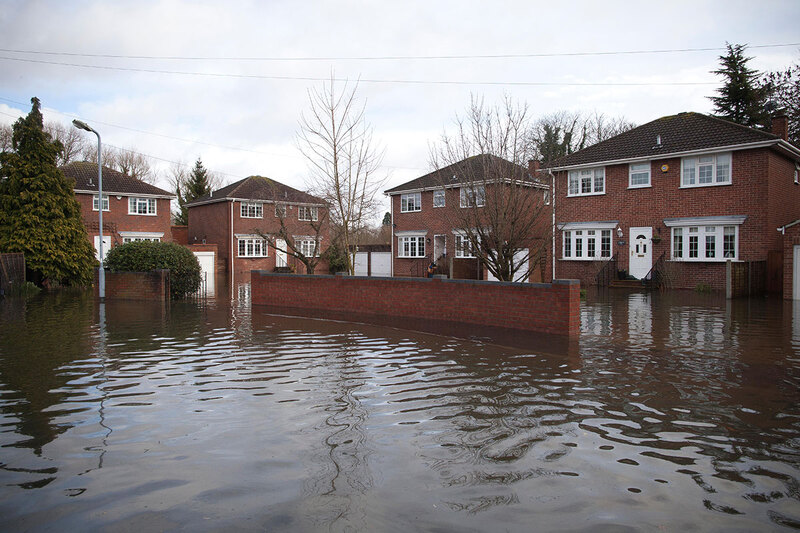Independent review sets out recommendations on how to protect homes from flooding
An independent review has set out recommendations on how to protect homes from flooding, after the Environment Agency found that one in four homes will be at risk of flooding by the middle of the century.

The FloodReady Review and Action Plan, commissioned by the Environment Agency and led by Professor Peter Bonfield, has set out how England can accelerate flood resilience measures for homes.
These measures include flood doors, non-return valves and air bricks to help keep as much water out of a property as possible, and tiled floors and raised electrics, so if water enters the damage is minimised.
Other measures include sustainable drainage systems at property level, like permeable paving and rain gardens, to reduce the risk of surface water flooding.
The review said strong leadership from government, house builders, insurers and flood actions groups will be vital in ensuring homes across England are protected from the impacts of flooding.
It was created through collaboration between the Environment Agency, the Department for Environment, Food & Rural Affairs (Defra), insurance company Flood Re, other players from the insurance sector, housing associations, builders, local authorities and community groups.
The Environment Agency said the review’s recommendations will be taken forward by a core leadership group.
The review recommends concentrating on investment in areas where flood resilience measures offer the greatest benefit and value for money, and calls on landlords to embed flood resilience into housing improvements to protect their tenants.
It also advocates for greater collaboration between local authorities and water companies to align investment plans and deliver resilience more effectively.
Although there has been an increase in the use of property flood resilience measures in recent years, uptake remains too low.
The latest data from the Environment Agency has shown that over 6.3 million properties in England are now at risk of flooding. By the middle of the century, one in four homes will be at risk of flooding.
Professor Peter Bonfield, lead for the FloodReady Review, said: “The actions set out in FloodReady will now progress for delivery through the multi-sectoral leadership group, Property Flood Resilience Roundtable and others... to help protect people and property.”
Julie Foley, director of flood risk strategy at the Environment Agency, said: “We have been actively working with suppliers and partners to mainstream property flood resilience as one of the ways of tackling the rising threat of flooding.
“Through our new flood investment programme, we will be targeting property flood resilience measures where they are the most effective way of managing flood risk and offer the best value for money.”
Earlier this year, Inside Housing looked at what flood risk means for decision-making in the sector and whether policy changes will help.


